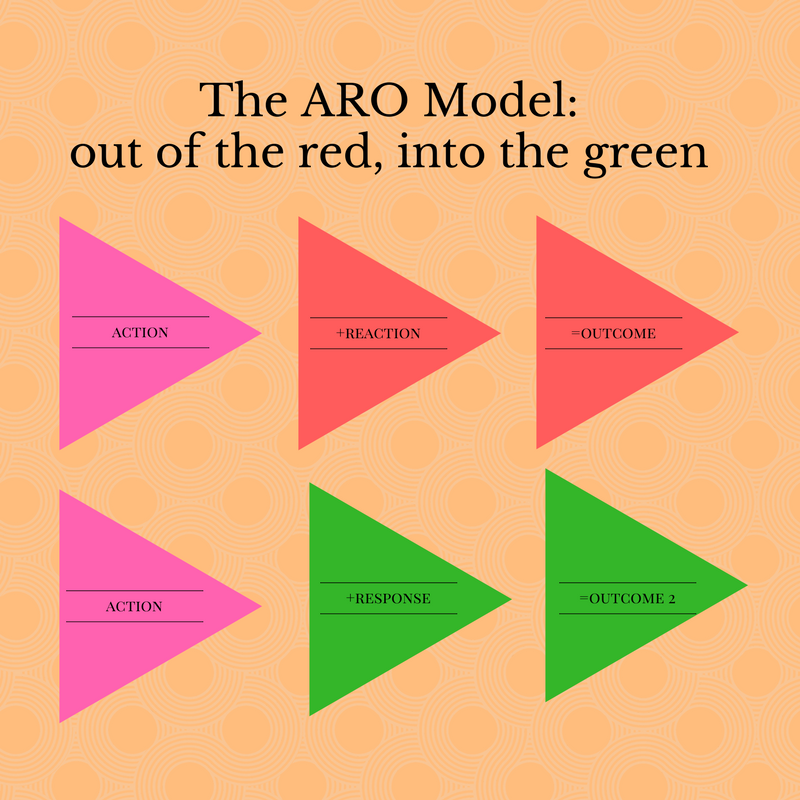
Whoops, I got triggered again! My fight or flight-and how do I stop it?
Stacey
Stacey sat in my consulting room. She looked worn out. “I was standing in line, waiting at the self-service check out and this old woman cuts me off with a trolley load of goods, I mean, that’s not what the self service is for, I’m waiting waiting and I can feel the stress and the anger, it’s happening more and more-it’s as if I’m not getting angry I’m becoming angry! Help!”
I don’t think Stacey is alone in this experience, not only do we all get quite reactive (and lose it) at times but the more we lose it, well, the more we lose it.
Getting hijacked
Daniel Goleman, author of Emotional Intelligence uses the term “amygdala hijack” to refer to an immediate and overwhelming emotional reaction or state of reactivity which at times is expressed in a way that seems inconsistent to the stimulus; we’re easily triggered and lost in a catastrophic set of emotions.
What’s happening here?
Under normal circumstances, we process information through our neocortex or “thinking brain” where all our so called higher functioning – logic, problem solving, prioritising and reflection occurs.
When we are triggered or under severe pressure, our fight or flight system comes online almost immediately, our brain can panic and activate our “fire alarm system” which hijacks some of our higher functions and puts us in a reactive mode. Processing and reflection goes off line, as does soothing and we find it hard to think clearly-signals are sent straight to our amygdala, into the “emotional brain.”
Our million-year history
There are millions of years’ worth of evolution at work here; our fight or flight system was responsible for our survival when we stood at the door of our caves and fought lions and tigers many millennia ago; yet we find it still present at supermarket checkouts!
This threat related system also comes online at work or with our kids, from emails or letters-we’re now besieged by the paper tigers that are a low-level threat but chronic in nature. We’re living more and more in a perpetual state of fight or flight or chronic reactivity. The more we experience this and don’t deal with it, the more we overlay new neuropathways that start as rickety little roads then become habituated into tarmacked neurohighways; the road to reactivity becomes well-trod.
The second arrow
There is another way of looking at this.
Two and a half thousand years ago, the Buddha gave the Sutra of the Second Arrow, where he suggested that whereas pain (the first arrow) is inevitable, suffering (the second arrow) is optional; the problem is that during our amygdala hijack we don’t see this, we get caught up in this story of suffering and we’re lost in reactivity.
But it doesn’t have to be this way.
Another ARO
I’ve developed a very easy method of approaching this, called The ARO method ©™
Here’s how it works
The outcome in red is caught up in the “red reactivity” we’re essentially hijacked into flight and fight and we’re literally seeing red. It happens before we know it happens.
The good news is that study and research in mindfulness shows that we can learn practical skills that change the way our brain reacts to all kinds of emotional triggers and actually create new neural pathways. When we practice simple Mindfulness techniques, we can down-regulate our amygdala and change our reaction to response.
Here the action is the same, yet a green response has led to a green outcome. So, it’s learning to move from reactivity to response, which is a central technique of mindfulness.
But how?
We need to notice when we get triggered.
Can we?
The body is our friend
We need to practice this, since by default it feels as if we’re lost at the point of being triggered to react; at first, we may only be able to notice what’s happening after the event; no matter-we have to start where we are.
We need to activate our soothing system, which is best activated by deliberately bringing it online via a mindfulness of breath and body practice; we breathe out, deliberately relaxing into the situation, turning towards the trigger with a calm sense of presence, welcoming it home, so to speak.
The breath itself is calming and will almost immediately reverse the hijacking stress reaction; the heart rate slows, blood pressure drops, we have an awareness of our body and muscle tension. Then the mind settles and we are in a more responsive state of being.
And, for Stacey?
For Stacey (above) this worked by beginning to listen more closely to her body. She took pauses at work, even just for 3 minutes in her day to breathe and be, she enrolled in a once a week yoga class and sat for 10 minutes every other day in silence, allowing her thoughts to settle and calm, grounding into her body.
As Stacey listened more closely to her body and focussed on its sensations, as she met her body with more acceptance, she began to see how her own felt sense or embodiment could be a kind of barometer for wellbeing, she could ease into her own embodiment and follow the patterns of stress that less and less stuck and grew, but were impermanent, and she learnt to let go at a somatic depth; her resilience increased, as did her wellbeing.





Write a Comment